The puffer coat is finally running out of puff. The quilted nylon outerwear that has dominated parks and playgrounds for five winters is set to be challenged by “the return of the smart coat”, according to some of the biggest names on the British high street.
John Lewis, who caused uproar by calling time on the floral midi-length dress in February, is once again leading the charge. “We are moving away from the puffer to the smart coat,” said Queralt Ferrer, fashion director of John Lewis, at a showcase of autumn collections this week. “Tailored coats are more flexible, because they can be dressed up or down – a puffer coat is always casual.”
A toffee-coloured, clean-lined wool coat with traditional button fastenings from the John Lewis Anyday range will be on sale in September for £68. “We know people are very conscious of budget right now – it is important to show that smart coats can be affordable.”
There will still be five puffer coats on the John Lewis shop floor, “just like we still have floral dresses. It is not about cancelling what women want,” noted Ferrer. (John Lewis’s bestselling dress for spring was a floral print – but a bold, abstract graphic rather than a ditsy blossom.)
The smart coat revival is also taking off at Boden, where bold tailored outerwear are winter’s scene-stealers. Silhouettes are classic, but styles include a pink and khaki dogstooth and a lemon and camel chessboard check. “We really leaned into our British heritage this season,” says Boden’s womenswear head, Lucy Rosenberg. “It felt the time was right for heritage wools, as well as velvets and cords in bright colours.”
H&M Studio, the high street giant’s limited-edition elevated range, which employs Savile Row pattern cutters in an all-female atelier, has made a full-length Italian wool tailored coat with sharp shoulders and a moulded waist a key piece for autumn. “It is constructed to hold a silhouette, not to slouch on to the body,” says H&M’s head of design, Ann-Sofie Johansson.
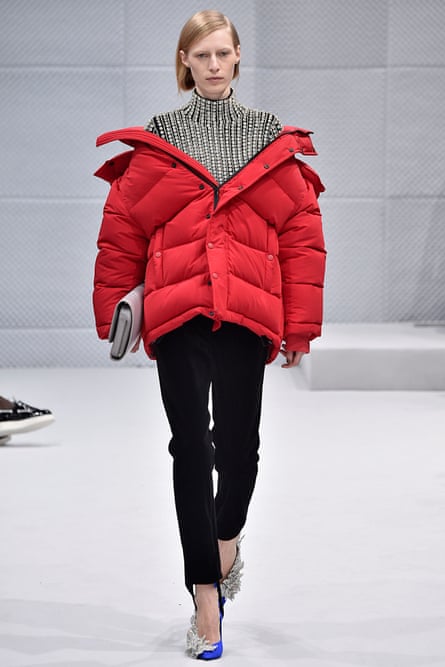
The decline of the puffer is surprisingly big news in fashion. Quilted, down-filled and padded coats have been a seasonal phenomenon since 2016 when, in a rare crossover between wearability and high fashion, Balenciaga showed an off-shoulder version in bright red on the catwalk. The puffer swiftly trickled down to Urban Outfitters, M&S and Uniqlo, whose lightweight version became the most visible coat on the high street from 2018 onwards, morphing more recently into the “quilted school-run coat” – slimmer and more like an eiderdown than a duvet – as seen at Arket, Whistles and Cos.
Balenciaga aside it is hard to pinpoint the exact moment the puffer became a thing. Some blamed gorpcore, the hiking-wear trend in which Columbia coats infiltrated cities as well as mountains, for its success. Others simply credit it to trend fatigue – cottoning on to this, Patagonia advocated the idea of a coat-for-life with its “Don’t buy this jacket” campaign. Even Theresa May’s got it on the look, wearing a Herno coat that grabbed headlines for its £750 price tag rather than its silhouette.
The puffer coat long predates Balenciaga, of course, emerging in 1936 with Eddie Bauer’s goose down-insulated quilted jacket, which he designed for fishing trips, and took four years to patent. A year later, the couturier Charles James designed a satin quilted jacket to be worn as evening wear to the opera.
It wasn’t until the 1970s and Norma Kamali’s sleeping bag-inspired coat that the puffer returned to fashion, swiftly followed by the sort of thick, bright technical outdoors jackets worn by the Paninari, a Milanese subculture in the 1980s, who preferred Moncler, Timberland and Best Company. By the 1990s, it was the North Face Nuptse jacket holding court.
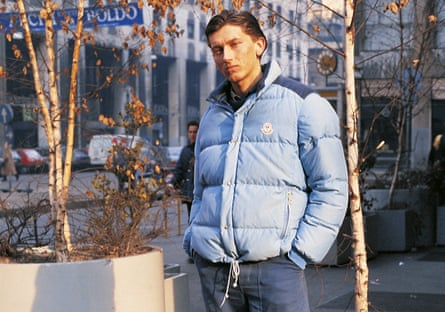
Designed for mountaineering in 1992 it was adopted by young men during freezing New York winters, and then by rappers such as Method Man and LL Cool J, and then eventually by high fashion. While puffers remain one of the most-worn coats – and a key part of the rise of “streetwear” – they have come to transcend age or gender. Everyone, it seems, now has one.
Most puffers however are filled with feathers and down. A new wave of down-free coats is hoping to rectify this – Pangaia make puffer coats from recycled polyester filled with an innovative biodegradable, hypoallergenic insulation made from shredded flowers. Matt and Nat coats are filled with recycled polyester.
But in the end it’s about options. John Lewis still plans to stock five styles of puffer, as well as teddy bear coats, waxed jackets and a cream shearling gilet. “It’s just about offering more choice” says Ferrer.
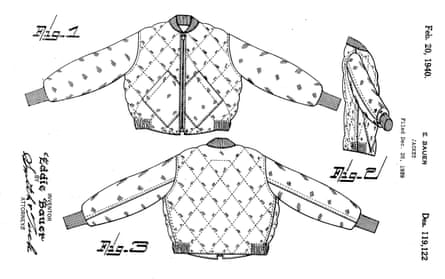
History of the puffer
Eddie Bauer’s Skyliner, 1936
It’s thought Eddie Bauer designed the world’s first puffer jacket in 1936, which he then patented in 1940. Called the Skyliner, it was designed after Bauer almost lost his life to hyperthermia while on a fishing trip in mid-winter in Washington. The outer material was quilted and it was filled with goose feathers. A version is still available today.
after newsletter promotion
Charles James’s pneumatic coat, 1937
This quilted evening jacket was designed by the Anglo-American designer in 1937 for the wife of an oil magnate. It was cropped and made in cream satin, and the shape and stitching are based on an eiderdown bed quilt, though it’s meant to be worn out and about (and was photographed by Harper’s Bazaar in 1938). The puffer was called the “pneumatic jacket” and, according to fashion lore, James predicted it would be a one-off.
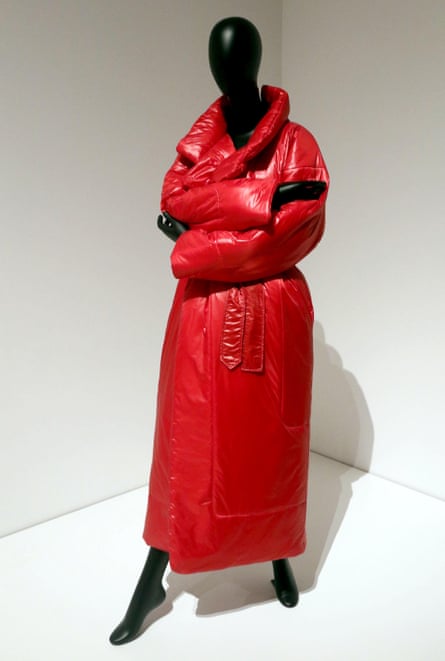
Norma Kamali’s sleeping bag coat, 1973
In the early 1970s the American designer created a coat that resembled a sleeping bag after going on a camping trip. Kamali made her initial versions using actual sleeping bags stitched together. The focus, she said at the time, was on practicality: in between the two layers she placed a synthetic version of down which creates a vacuum where the cold air exchanges with the wearer’s body heat.
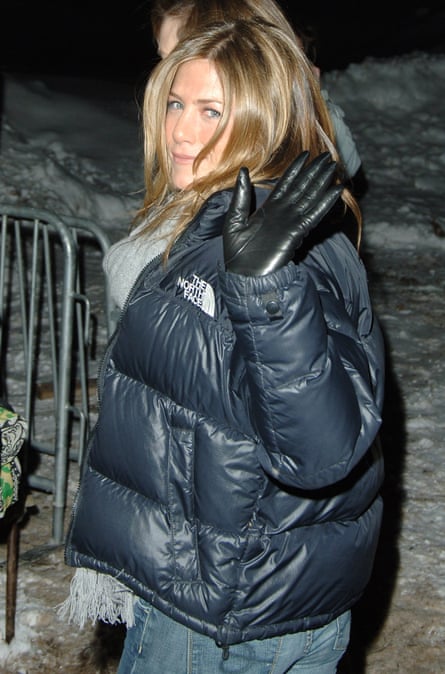
North Face Nuptse jacket, 1992
Named after the Khumbu region of the Mahalangur Himal in the Himalayas, and called “outleisure” by North Face’s product director, Michael Horsch, a few years ago, the Nuptse jacket was originally designed for mountaineering. But in the late 90s it was adopted by New York youngsters. It’s since been worn by everyone from LL Cool J to Jennifer Aniston. In 2021 it became the most-searched fashion item in the world.
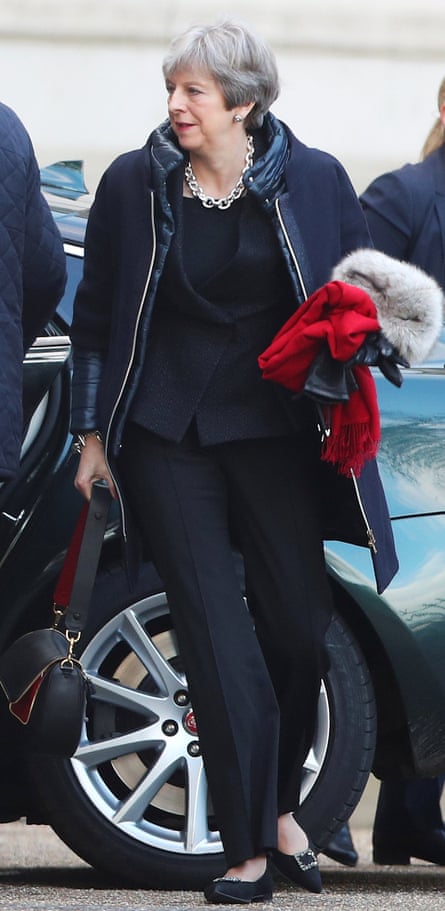
Theresa May’s Herno puffer, 2018
Described by this newspaper as the “twofer”, the former PM’s coat – designed by an Italian brand called Herno – was constructed to look like two jackets, with a funnel neck, cropped sleeves, a quilted lining and sleeve panels for “added layering insulation”. It cost £750 and was worn, tellingly, not up an Alpine mountain but on the short walk between No 10 and her car, on budget day no less. Was this the beginning of the end for the puffer? Who can tell?

